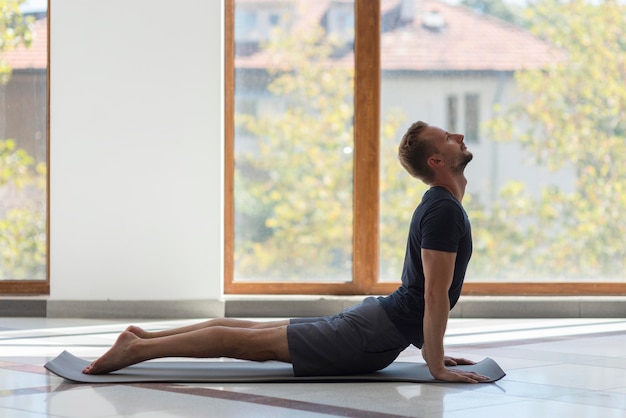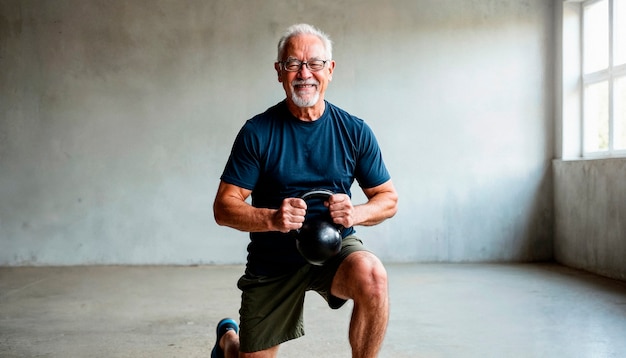Boost Your VO₂ Max with Pilates: 45 Smart Strategies for Busy Office Workers
Sitting at a desk all day doesn’t have to mean declining fitness. In fact, you can significantly improve your VO₂ max—the gold standard for measuring cardiovascular endurance—using targeted Pilates exercises and smart lifestyle tweaks. Designed specifically for office workers, this guide delivers 45 practical, science-backed ways to enhance aerobic capacity, boost energy, and combat sedentary fatigue—all through the mindful, low-impact power of Pilates.
What Is VO₂ Max and Why Does It Matter?
VO₂ max measures the maximum amount of oxygen your body can use during intense exercise. A higher VO₂ max means better stamina, improved heart health, and increased energy efficiency. For office workers, who often face long hours of inactivity, boosting this metric can lead to sharper focus, reduced stress, and greater resilience against lifestyle-related diseases.
How Pilates Supports VO₂ Max Improvement
While Pilates isn’t traditionally seen as aerobic, its emphasis on deep breathing, core engagement, and controlled, flowing movements enhances lung capacity, circulation, and muscular efficiency—all of which support cardiovascular performance. When combined with strategic pacing and consistency, Pilates becomes a powerful tool for improving aerobic fitness.

45 Practical Ways to Improve VO₂ Max with Pilates
1–10: Optimize Your Pilates Practice
- Practice diaphragmatic breathing in every session to increase oxygen intake.
- Perform flowing sequences like the "Hundreds" with rhythmic breath to elevate heart rate.
- Extend session duration to 30–45 minutes for sustained cardiovascular benefit.
- Link Pilates moves into continuous circuits with minimal rest.
- Focus on full-body integration to maximize oxygen utilization.
- Use resistance bands to increase intensity without impact.
- Practice Pilates barefoot to enhance proprioception and engagement.
- Incorporate dynamic transitions between poses to maintain movement momentum.
- Attend intermediate or advanced classes that challenge endurance.
- Practice Pilates 4–5 times per week for consistent adaptation.
11–20: Integrate Movement into Your Workday
- Do 5 minutes of seated Pilates breathing every 2 hours.
- Stand and perform spine twists at your desk between meetings.
- Use a stability ball as your office chair to engage core muscles.
- Take walking breaks with purposeful arm swings to mimic Pilates coordination.
- Practice pelvic tilts while seated to activate deep core stabilizers.
- Stretch your chest and shoulders hourly to improve breathing mechanics.
- Set reminders to reset posture and breathe deeply every 30 minutes.
- Use stairs instead of elevators to complement Pilates with cardio.
- Walk during phone calls using mindful, Pilates-inspired posture.
- Keep a mini Pilates mat under your desk for quick floor exercises.
21–30: Enhance Lifestyle Habits
- Hydrate well to support oxygen transport and muscle function.
- Sleep 7–8 hours nightly to allow cardiovascular recovery.
- Reduce processed sugar intake to maintain steady energy levels.
- Eat iron-rich foods to support oxygen-carrying capacity in blood.
- Practice mindfulness or meditation to lower resting heart rate.
- Avoid prolonged sitting—break it up every 30 minutes.
- Track daily step count and aim for 8,000–10,000 steps.
- Limit alcohol to improve recovery and lung efficiency.
- Practice nasal breathing during the day to improve CO₂ tolerance.
- Warm up before Pilates with light cardio like marching in place.
31–40: Track and Motivate Progress
- Use a fitness tracker to monitor resting heart rate trends.
- Log your Pilates sessions and note energy levels afterward.
- Take a weekly step test: climb stairs for 3 minutes and record recovery time.
- Set monthly goals like "Hold the plank for 60 seconds with control."
- Join an online Pilates challenge for accountability.
- Use a habit tracker app to mark daily movement wins.
- Take progress photos every 4 weeks to visualize posture improvements.
- Record how you feel mentally after each session—clarity and calm are gains.
- Pair Pilates with a favorite podcast to boost motivation.
- Share goals with a coworker to create mutual encouragement.
41–45: Mindset and Motivation Cues
- Repeat: "Every breath builds endurance."
- Visualize oxygen flowing to every muscle with each inhale.
- Remind yourself: "Strong core, strong heart."
- Celebrate small wins—like improved posture or easier stair climbing.
- Remember: Consistency beats intensity for long-term VO₂ max gains.

Final Thoughts
Improving VO₂ max isn’t just for athletes. For office workers, integrating Pilates into daily routines offers a sustainable, low-impact path to better cardiovascular health, mental clarity, and physical resilience. With these 45 strategies—ranging from breathing techniques to habit tracking—you can transform your workday into an opportunity for fitness growth. Start small, stay consistent, and let every mindful movement count.

















